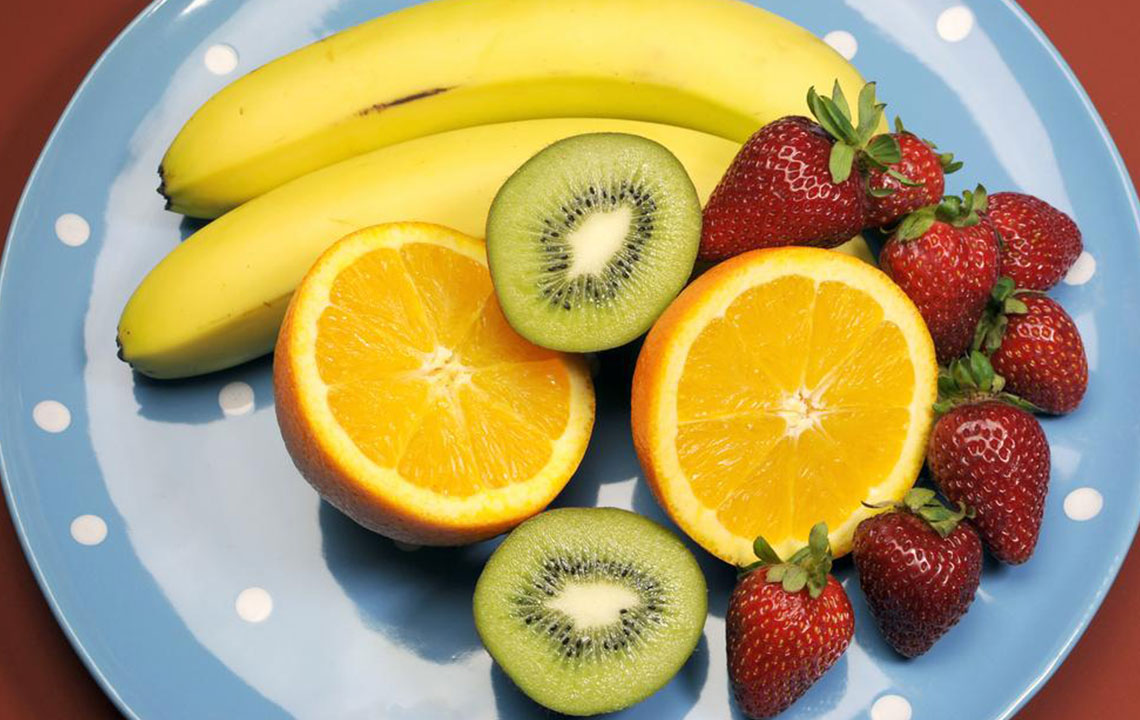10 Foods to Add to the Diet for Constipation

Constipation is a problem that every person faces at one point or the other. If it is an occasional problem, you can modify your diet and get better quickly. But, if it includes bleeding or severe pain, it is best to consult your doctor.
Constipation is a digestive issue where there is infrequent or no bowel movement. If you have fewer than three bowel movements a week, it is considered as constipation.
This condition is a sign that the body is not receiving sufficient amounts of fiber. You will have to change your diet for constipation and incorporate foods that will help cure the condition. The change in the diet must be gradual, and you will slowly see signs of improvement. Water is also an essential part of this diet as it helps the fiber flow through the digestive tract efficiently.
Here are ten foods that can help you get free of any constipation troubles. Ensure you add these foods to the diet for constipation.
Broccoli
Broccoli is one of the healthiest vegetables you can find. One of the multiple benefits of eating broccoli includes treating constipation. It is a rich source of nutrients and is the best to increase the fiber content in your food.
It is better to steam or bake it as cooking it can reduce the fiber content. You can eat it raw as a part of your salad too.
Whole grain
Whole grain is very good for health and is the right way to go if you want to improve your digestive system. Whole-grain foods are low in fat and have high amounts of fiber.
It is best to opt for whole grain bread rather than multigrain ones. Including whole grain bread, pasta and brown rice in your diet are sure to increase the fiber content and ensure regular bowel movement.
Beans
As you are looking to increase the fiber intake, increasing the number of beans in your diet is the best way to do it. Beans have twice as much fiber than vegetables. You can include beans in almost any dish. It is an essential part of the diet for constipation. You can have kidney beans, or lima beans to keep constipation at bay.
High-fiber cereal
Cereal is undoubtedly one of the best breakfasts you can have. It is even better if you have high fiber cereal. Many companies make healthy cereals which can help with digestion. Be sure to find the healthiest one and use minimal or no sugar.
Apples, plums, and pears
It is natural to feel bloated when you have constipation. Eating fruits is a vital part of the diet for constipation as they are high in fiber. It is healthy to have fruits as a part of your diet as it even helps improve your overall health. It will take you only a few minutes to have an apple, pear or plum in a day.
Baked potato
Potato has to be one of the most favorite vegetables of most people. The good news is that potatoes help with constipation. It is best to have it in the baked form than deep fried. Frying it only kills all the nutrition and fiber.
You can even eat a sweet potato if you want to try something different. Simply cut potatoes, spray them with olive oil and seasonings. Now, bake them till they become crisp. Baked potatoes are a better way of having french fries as it has fewer calories and unhealthy fats.
Nuts
Nuts have plenty of fibers and are one of the best ways to improve your digestion. You can have a handful of almonds and walnuts on a daily basis. It also serves as a healthy snack. You can either have it directly or include it in a dish. Remember, it is best to have nuts in small amounts as they are calorie-dense.
Berries
If you have a sweet tooth, you can go for different kind of berries to cure constipation. Berries are low in calories and have high amounts of fiber. You can choose from strawberries, raspberries, and blueberries. Add them to your cereal or pancakes and have your share of berries.
Popcorn
Popcorn is one dish that is filled with fiber. Cut down the amount of butter and salt you add on to it, and you are sure to benefit from it. As it is a whole grain, it is a part of the diet for constipation.
Dried fruits
Dried fruits are an excellent source of fiber that will help with constipation. The dried fruits also contain sorbitol that is a natural laxative. As the fiber is not digested, it retains the water as it passes through the gut. This process softens the stool and helps with constipation. Dried fruits also have many calories, and so it is best to have it in limited amounts.
If your symptoms persist, your doctor may recommend treatment. LINZESS® is an oral capsule that is suggested for the treatment of Irritable Bowel Syndrome with Constipation (IBS-C) or Chronic Idiopathic Constipation (CIC) experienced by adults. The oral prescription is an alternative to generic laxatives and helps in calming down the pain sensing nerves to avoid flare-ups. In addition, LINZESS® provides relief from abdominal discomfort and bloating, which can be commonly experienced during flare-ups. It is available in three capsules of 72, 145, and 290 mcg. Make sure to consult your doctor before taking a capsule. Additionally, your doctor may prescribe another treatment option called MiraLAX®, a laxative that provides gentle relief from constipation. It unblocks the system without causing any harsh side effects such as bloating, cramps, and gas.


